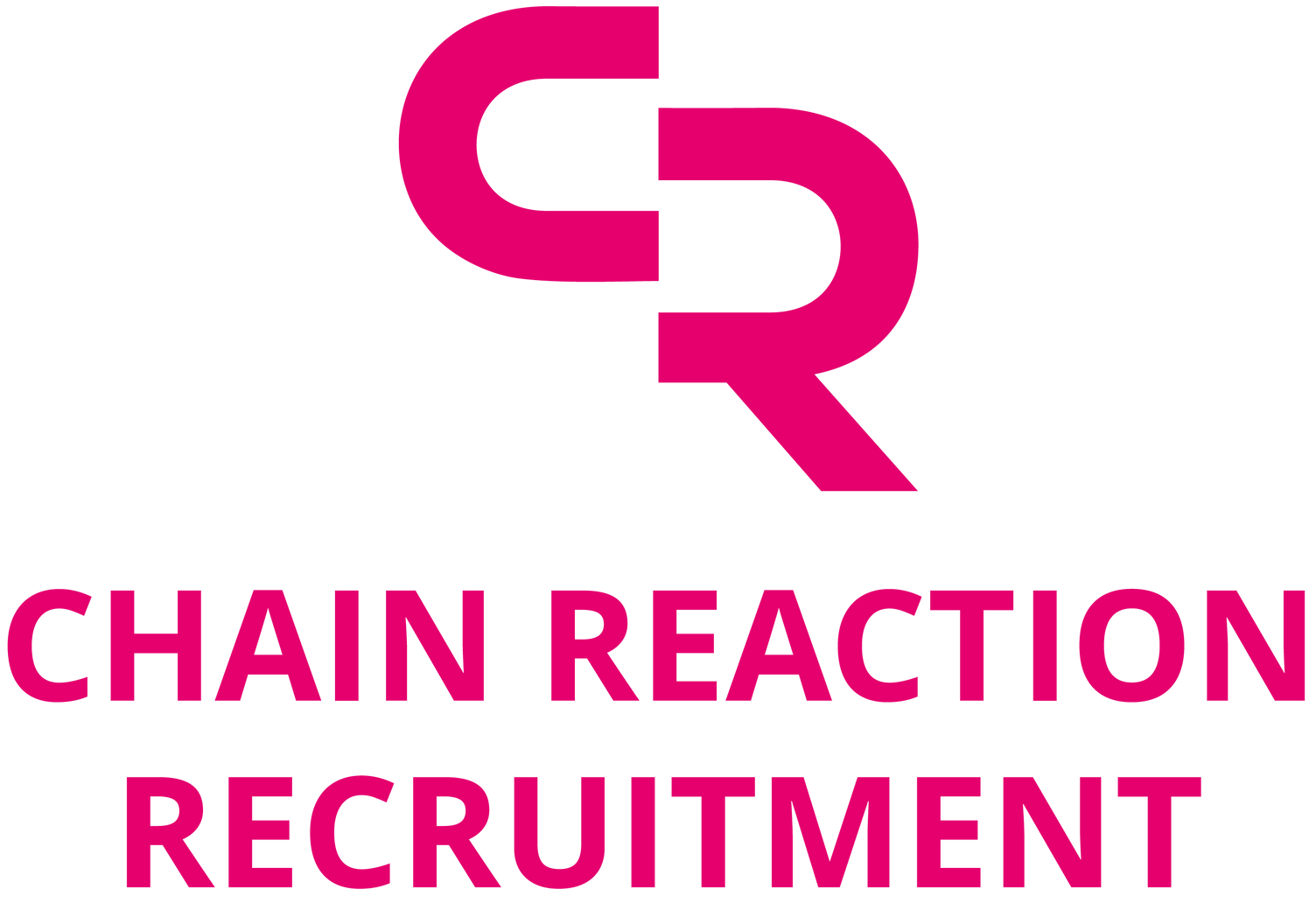In the world of Supply Chain management, Sales and Operations Planning (S&OP) is one of the most powerful tools businesses can use to ensure alignment across their organisation. S&OP is a process that brings together Sales, Marketing, Finance, and Supply Chain teams to create a unified plan that balances demand and supply. This process helps businesses make better decisions, improve efficiency, and achieve strategic goals in an environment where healthy debate is encouraged!
In this blog, we will explore why S&OP is so important, its key benefits, and how it helps organisations achieve Supply Chain excellence.
Alignment between Demand and Supply
One of the main goals of S&OP is to ensure alignment between demand and supply. Often, sales and operations teams operate in silos, with sales focusing on revenue growth and operations focusing on efficiency. This misalignment can lead to inventory imbalances, missed sales opportunities, and customer dissatisfaction.
- Balancing demand and supply: S&OP helps organisations match the demand forecast (based on sales projections) with supply capabilities (based on production, procurement, and logistics). This ensures that there is enough stock to meet customer demand without overproducing and tying up capital in excess inventory.
- Cross-functional collaboration: The S&OP process brings together various departments—sales, marketing, finance, supply chain, and operations—to collaborate and align on a single plan. This reduces the chances of miscommunication or conflicting goals across different teams.
By aligning demand and supply, businesses can optimise production schedules, inventory levels, and order fulfillment, resulting in higher efficiency and customer satisfaction.
Improved forecast accuracy and demand planning
One of the biggest challenges in Supply Chain management is accurately predicting future demand. Inaccurate forecasts lead to stockouts, excess inventory, and inefficiencies throughout the supply chain. S&OP addresses this issue by integrating demand forecasting into a broader, more collaborative planning process.
- Collaborative forecasting: S&OP involves input from sales, marketing, and operations teams, ensuring that demand forecasts are based on real market insights and promotional plans. This collaborative approach improves forecast accuracy and reduces the likelihood of demand surprises.
- Reduced Excess Inventory: By aligning sales and operations, S&OP ensures that inventory levels are aligned with actual demand, reducing the risk of overstocking and cutting down on inventory holding costs.
The improved forecast accuracy resulting from S&OP leads to better decision-making, improved cash flow by reducing obsolete stock and increasing proactive agile responses to changes in demand.
Stronger Financial Performance and Profitability
S&OP is a key driver of financial performance. It directly impacts profitability by ensuring that resources are allocated efficiently, costs are controlled, and revenue opportunities are maximised.
- Optimised resource utilisation: By creating a unified plan, businesses can optimise the use of their resources, including labour, materials, and production capacity. This prevents underutilisation of resources that can increase costs or overutilisation that can strain operations.
- Better profit margins: S&OP allows businesses to make data-driven decisions about pricing, promotions, and product mix, helping them improve profit margins. For example, it ensures that the right products are available at the right time, reducing the need for markdowns or discounts on excess stock.
- Alignment with financial goals: S&OP integrates financial planning into the broader supply chain strategy, ensuring that the operational plan supports the company’s financial objectives. This helps businesses stay on track with revenue and profitability targets.
By improving the efficiency and effectiveness of the entire supply chain, S&OP leads to stronger financial outcomes and higher profitability.
Better Long-Term Strategic Planning
While S&OP focuses on aligning short-term supply and demand, it also plays a vital role in long-term strategic planning. The process helps companies identify key trends, assess market opportunities, and set long-term goals that align with their overall business strategy.
- Aligning operations with business strategy: S&OP ensures that supply chain operations are aligned with the company’s long-term strategic goals, whether those are expanding into new markets, launching new products, or driving innovation.
- Capacity planning: S&OP provides insight into future demand trends, enabling businesses to make informed decisions about investments in capacity expansion, technology, and infrastructure.
- Product lifecycle management: S&OP helps businesses manage the introduction of new products, the growth of existing ones, and the phase-out of older products. This ensures that the supply chain is aligned with the product lifecycle and able to support key business initiatives.
By integrating S&OP into long-term planning, businesses can make better strategic decisions that drive growth and create a sustainable competitive advantage.
The Strategic Importance of S&OP
Sales and Operations Planning (S&OP) is more than just a tactical tool—it’s a strategic asset that drives alignment, efficiency, and profitability across the supply chain. By fostering collaboration between different departments, improving forecast accuracy, and aligning demand with supply, S&OP helps businesses achieve better financial performance, improve customer service, and become more agile in the face of uncertainty.
For companies looking to thrive in today’s complex business environment, S&OP is not an option; it’s a necessity. By investing in a robust S&OP process, businesses can optimise their operations, mitigate risks, and stay ahead of the competition.
Are you using S&OP in your organisation?
Let us know how it’s impacting your supply chain performance in the comments below!






